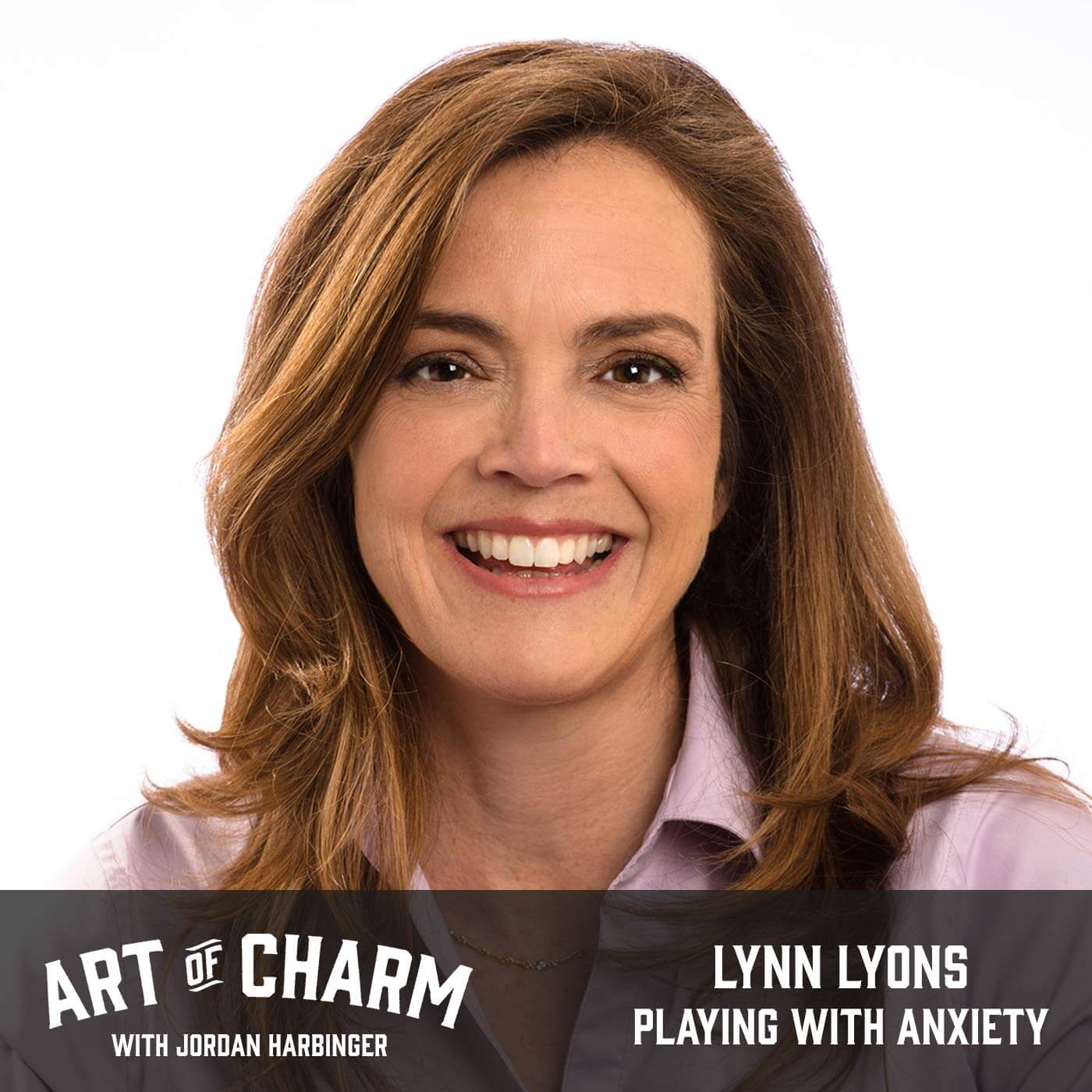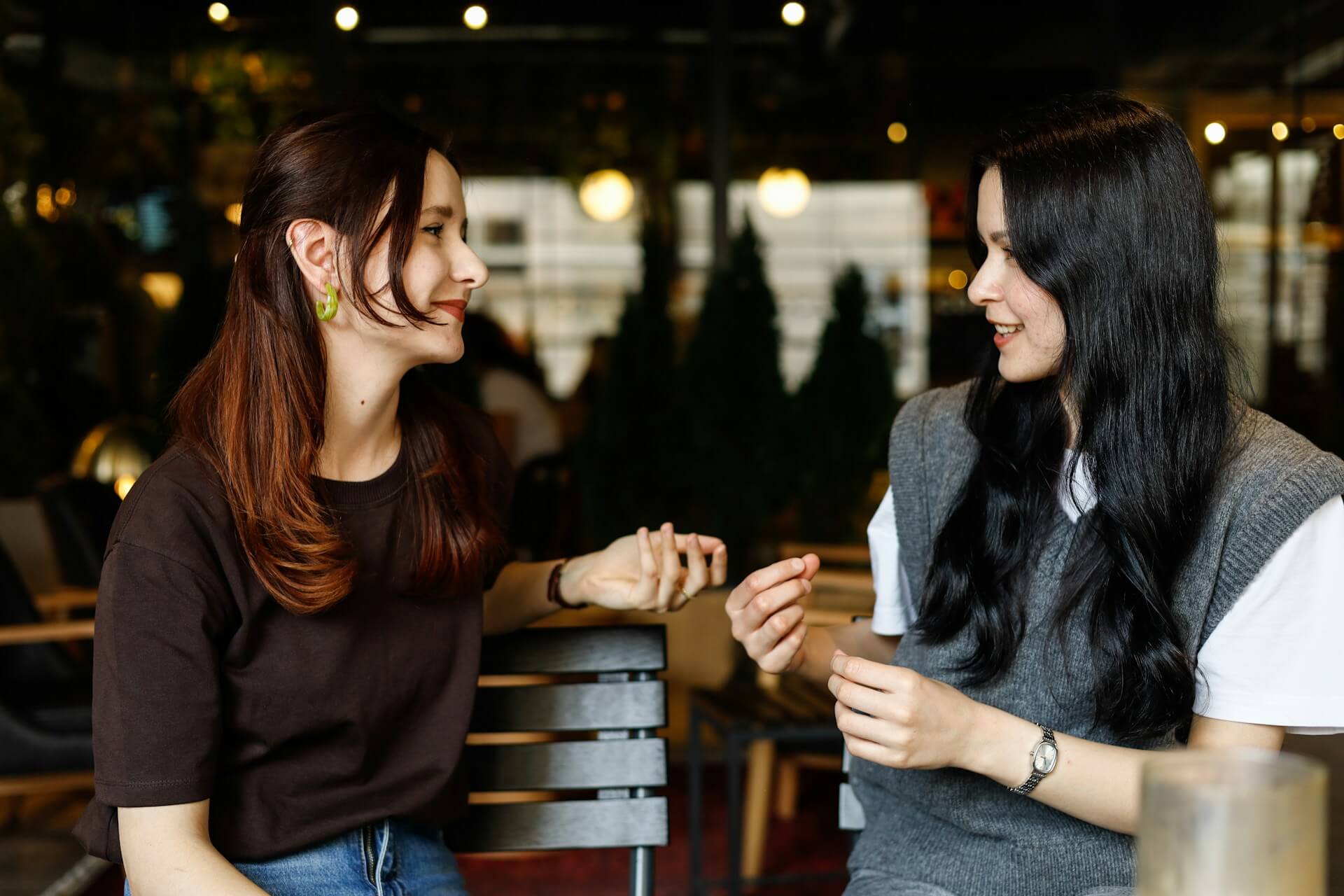Lynn Lyons (@lynnlyonsmsw) has been a psychotherapist for 27 years and is the co-author of Anxious Kids, Anxious Parents: 7 Ways to Stop the Worry Cycle and Raise Courageous and Independent Children and its companion book, Playing with Anxiety: Casey’s Guide for Teens and Kids.
“If you’re uncertain and uncomfortable, you’re probably on a good path to some sort of discovery or success or meeting some challenge that’s in front of you.” -Lynn Lyons
The Cheat Sheet:
- What’s the difference between anxiety and worry?
- Why the content of what we worry about is far less important than the process of how worry operates.
- Anxiety, worry, and depression are all fueled by the predictable and redundant processes of global, catastrophic, and permanent thinking.
- Why the more we adhere to the demands of anxiety, the stronger that anxiety becomes.
- How to shift out of the current frame that seeks to eliminate discomfort, worry, and uncertainty and instead develop a relationship with it.
- And so much more…
[aoc-subscribe]
As parents and schools are discovering, anxiety seems to be enjoying “epidemic” status among the generation being brought up today. But are these parents, schools, and even mental health providers doing more to exacerbate the problem than correct it?
Research strongly connects how a parent handles uncertainty in life, solves problems, assesses risk, and navigates emotional and social challenges to the development of anxiety in children — to put it simply, anxious adults create anxious children. Psychotherapist Lynn Lyons, co-author of Anxious Kids, Anxious Parents: 7 Ways to Stop the Worry Cycle and Raise Courageous and Independent Children and its companion book, Playing with Anxiety: Casey’s Guide for Teens and Kids, joins us to discuss what we might do to turn this “epidemic” around. Listen, learn, and enjoy!
More About This Show
Is it our imagination, or does there seem to be a blossoming epidemic of anxiety in the world today?
“If you could take the temperature of the anxiety and the worry in this country, it’s certainly up, that’s for sure,” says Lynn Lyons, psychotherapist and co-author of Anxious Kids, Anxious Parents: 7 Ways to Stop the Worry Cycle and Raise Courageous and Independent Children and its companion book, Playing with Anxiety: Casey’s Guide for Teens and Kids.
But if pressed to present quantifiable science to accompany this sense of a legitimate epidemic, Lynn cautions that “The numbers in terms of how many people are dealing with diagnosable anxiety disorders are hard to find, actually.”
And if you’re wondering if there’s a difference between worry and anxiety, Lynn explains that worry is the thinking we do when, for example, contemplating how to deal with the future. Anxiety is the series of physical symptoms that result from this worry.
Worry is a normal part of how our problem-solving human brains operate. It’s an invocation of the fight-or-flight response that has kept our species alive since prehistoric times. But now instead of worrying about scenarios that carry life or death consequences, we modern humans more typically worry about tripping over our words while giving a speech or not being able to cover the cable bill this month.
“The problematic worry is that when you worry to such a degree that you trigger responses in your body that cause heart palpitations or vomiting or diarrhea or sleeplessness,” says Lynn. “People should worry. Worry sort of gets you off the mark sometimes. But when worry turns into those physical symptoms [i.e., anxiety], that’s when it becomes a problem.”
Counterintuitively, seeking to eliminate worry entirely from one’s life is a surefire way to ensure its amplification. Just as telling you to not think about a blue camel right now immediately conjures that very image into the center of your thoughts, telling yourself not to worry puts worry at the forefront of your consciousness.
“The minute that you start resisting the process, then worry paradoxically starts to get stronger,” says Lynn. “One of the things that’s a little frustrating for me right now in the anxiety treatment world is that there seems to be such an overfocus on this idea of calming down and relaxation and breathing — not that those aren’t great things — but if you’re a worrier and your goal is to eliminate your worry rather than have a relationship with it, then you’re pretty much going to make the problem worse.”
Starve Anxiety by Shifting out of Avoidance and into Action with the Three EXes
So instead of feeding anxiety, what do we do? Teaching both adults and kids how to tolerate and expect uncertainty and discomfort as a normal part of development is essential for families. Once families have simple, straightforward information about what works and what doesn’t, change happens.
Experience changes the brain. Stepping into situations that are uncomfortable and uncertain and learning how to manage them are critical parts of growth. These three EXes are concrete ways to shift out of avoidance and into action.
- Expect worry to show up when you are stepping into new experiences and learning.
- Externalize your worried thought patterns. Make your worry into a “part” of you so that you can step back and recognize it.
- Experiment by taking action on purpose that will allow you to feel uncertain and uncomfortable. It’s not about calming down or getting rid of discomfort, but about moving into situations despite the worry’s demands for avoidance.
Listen to this episode of The Art of Charm in its entirety to learn more about the difference between anxiety and worry; why the content of what we worry about is far less important than the process of how worry operates; the predictable and redundant processes that fuel anxiety, worry, and depression; why the more we adhere to the demands of anxiety, the stronger the anxiety becomes; how to shift out of the current frame that seeks to eliminate discomfort, worry, and uncertainty; exercises to practice getting comfortable with uncertainty, and lots more.
THANKS, LYNN LYONS!
If you enjoyed this session with Lynn Lyons, let her know by clicking on the link below and sending her a quick shout out at Twitter:
Click here to thank Lynn Lyons at Twitter!
Click here to let Jordan know about your number one takeaway from this episode!
Resources from This Episode:
- Transcript for Lynn Lyons | Playing with Anxiety (Episode 642)
- Anxious Kids, Anxious Parents: 7 Ways to Stop the Worry Cycle and Raise Courageous and Independent Children by Reid Wilson and Lynn Lyons
- Playing with Anxiety: Casey’s Guide for Teens and Kids by Reid Wilson and Lynn Lyons
- Lynn Lyons’ Website
- Lynn Lyons at Facebook
- Lynn Lyons at Twitter
- AoC Toolbox | Becoming Friendly with Uncertainty (Episode 630)
- Minisode Monday #49 | Stop Spreading Anxiety
- Overcoming Unwanted Intrusive Thoughts: A CBT-Based Guide to Getting Over Frightening, Obsessive, or Disturbing Thoughts by Sally M. Winston and Martin N. Seif
- Dr. Drew Pinsky
- Beck Institute for Cognitive Behavior Therapy
- You Might Be an Eeyore If…
You’ll Also Like:
- The Art of Charm Challenge (click here or text AOC to 38470 in the US)
- The Art of Charm Bootcamps
- Elite Human Dynamics
- Best of The Art of Charm Podcast
- The Art of Charm Toolbox
- The Art of Charm Toolbox for Women
- Find out more about the team who makes The Art of Charm podcast here!
On your phone? Click here to write us a well-deserved iTunes review and help us outrank the riffraff!




